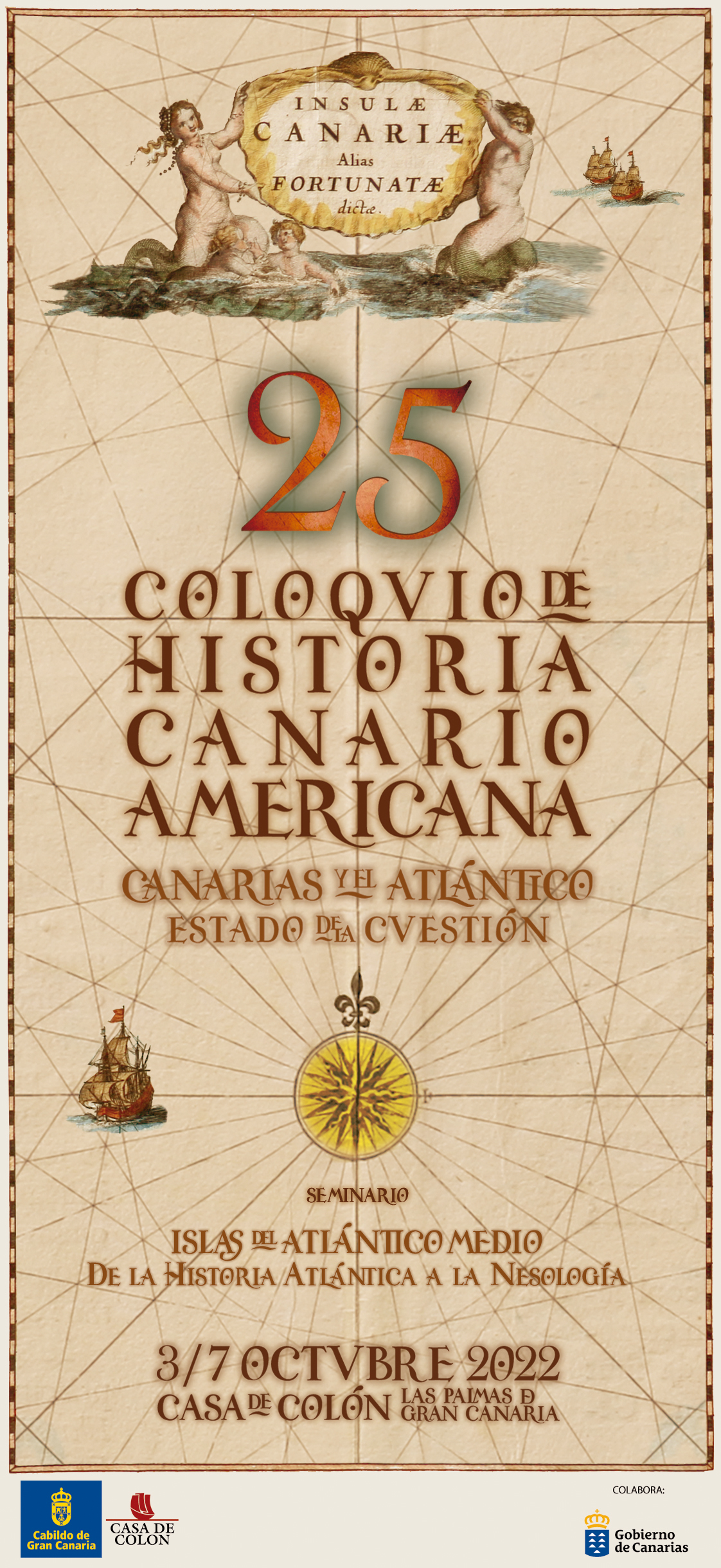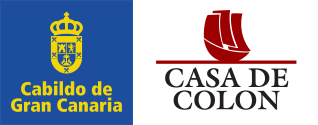La Virgen de la Caridad del Cobre: entre el culto insular y la movilidad transnacional en un contexto atlántico / La Virgen de la Caridad del Cobre: Between the Island Cult and Transnational Mobility in an Atlantic Context
Resumen
La presente comunicación intenta examinar la relación entre el culto a la Virgen de la Caridad y los procesos migratorios entre las fronteras atlánticas de Estados Unidos de América y las Islas Canarias. Los cultos marianos a la Virgen de la Caridad del Cobre, describen itinerarios de movilidad religiosa en diferentes contextos insulares y/o continentales del Atlántico, expresados a través de la construcción de espacios religiosos, como la Ermita de la Caridad en la Ciudad de Miami y, en el caso de las Islas Canarias, los santuarios erigidos en las islas de Tenerife, Gran Canaria y El Hierro. Estos lugares de memoria, confirman y denotan, la relevancia de los flujos migratorios de cubanos y canarios, en la recodificación y reacomodo de las manifestaciones de fe, a través de un símbolo dominante de gran permeabilidad y adaptabilidad a diferentes escenarios multiculturales, los cuales se caracterizan, además, por la reelaboración o reinvención simbólica de las representaciones y prácticas religiosas. El foco de análisis gira entorno a las interconexiones simultáneas entre la migración y distintas manifestaciones de identidad religiosa, que puede entenderse como un peregrinaje transnacional y translocal, el cual condiciona la integración entre realidad social de los transmigrantes y el culto a la Virgen de la Caridad.
This communication attempts to examine the relationship between the cult of the Virgin of Charity and the migratory processes between the Atlantic borders of the United States of America and the Canary Islands. The Marian cults to the Virgen de la Caridad del Cobre describe itineraries of religious mobility in different insular and/or continental contexts of the Atlantic, expressed through the construction of religious spaces, such as the Ermita de la Caridad in the City of Miami and , in the case of the Canary Islands, the sanctuaries erected on the islands of Tenerife, Gran Canaria and El Hierro. These places of memory confirm and denote the relevance of the migratory flows of Cubans and Canaries, in the recoding and rearrangement of the manifestations of faith, through a dominant symbol of great permeability and adaptability to different multicultural scenarios, which are They are also characterized by the reworking or symbolic reinvention of religious representations and practices. The focus of analysis revolves around the simultaneous interconnections between migration and different manifestations of religious identity, which can be understood as a transnational and translocal pilgrimage, which conditions the integration between the social reality of transmigrants and the cult of the Virgin of Charity.




